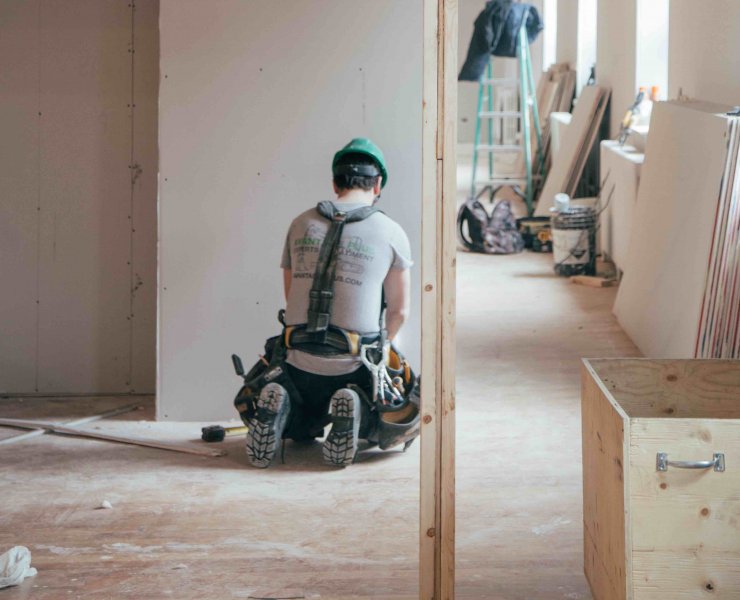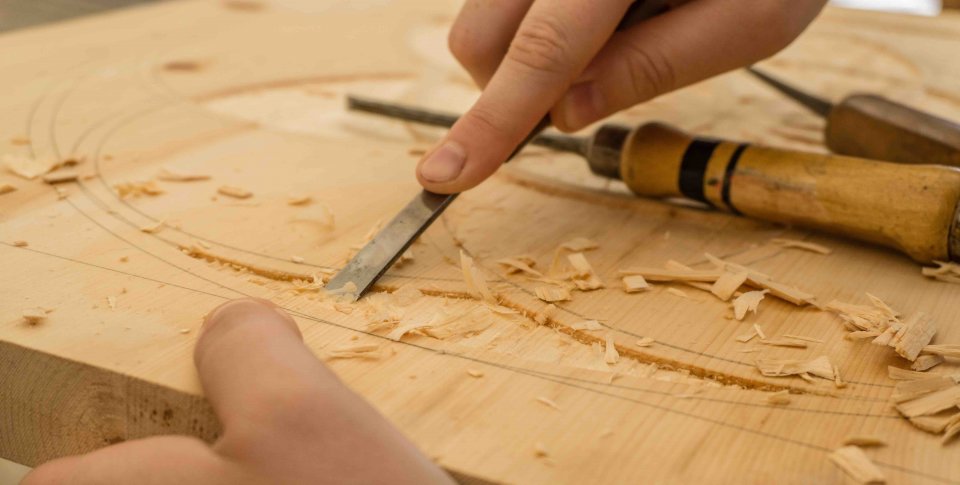The government-mandated work-from-home arrangements and the lack of outdoor activities have kept many within their four walls during the continued battle against the brutal coronavirus pandemic. But for those undergoing home renovations, the situation of remaining within disarranged living quarters for a prolonged period of time has proven tougher than expected.
Earlier this year, the rising number of Covid-19 infections in Singapore forced the administration of the circuit breaker measures, and home renovation processes were halted as a result. Even when bans were lifted as the country moved into Phase 2, not much work could resume.
This is due to the fact that the built industry largely utilises workers from neighbouring countries, who now can’t be of service since they have returned home, or simply can’t come back here to work due to ongoing travel restrictions.
To add insult to injury, the destabilised security of raw materials also caused supply prices to fluctuate, further increasing the construction cost for most homeowners.
Higher prices, more delays
 Photo by Charles Deluvio on Unsplash
Photo by Charles Deluvio on Unsplash
In an interview with SG Magazine, Lyvia Ong, whose family home is currently undergoing a renovation, shares: “As our house was getting older, we thought it would be wise to give it a makeover earlier in the year. But due to the lockdown, we had to push back the renovation dates. And while we still proceeded, we thought that we might be able to save on costs because of the economic downturn. Little did we know that the pandemic would cause the renovation process to be more expensive instead.”
Like many of the local homeowners currently renovating their living spaces, her family faced numerous difficulties.
“Things like carpentry work have been delayed due to the lack of Malaysian workers. Our house’s flooring was supposed to be completed by two foreign workers, but now a Singaporean uncle has returned from retirement to help,” says Ong, who reveals that the project now takes twice as long to finish.
While the home is still livable overall, the delays have been an inconvenience to Ong and her family as they continue working from home and conduct work meetings there. They have also begun eating out more often these days since cooking at home is no longer possible due to space constraints.
“It feels like camping,” she confesses.

Some of the additional arrangements now necessary during these unprecedented times also include ensuring that the renovation home units offer SafeEntry QR codes for workers to check in and out of, in addition to mandatory temperature checks for all staff prior to working. Wherever possible, those present should don a mask as well.
First-time homeowner Adeline Tay faced challenges too. Having collected her BTO keys in December last year, she was only able to commence renovation works for her new place after the Chinese New Year period during end February. That’s before the circuit breaker abruptly put a halt in her plans.
“Our home renovation process was delayed since no construction work was allowed to be conducted during the circuit breaker period. However, the minute the circuit breaker ended and guidelines eased, we resumed work,” says Tay.
“Our interior designer was quick to react and changed our carpentry contractor from one that uses Malaysian labour to one that utilises locally-residing workers. However, even so, due to the backlog, the carpenters weren’t able to accede to our request immediately. Stone suppliers also faced delays as permits had not been granted to them to resume operations.”
As an experienced interior designer, these are some of the issues that Tan Yue Wei, Director of YWA Studio, has to mediate and mitigate in such times.

Credit: YWA Studio
Explains Tan: “The primary impacts are mainly due to the duration of our projects and increase in costs such as labour and materials. While many of our clients who have been with us for many years are understanding towards the situation, studios like ours strive to mitigate the situation by sourcing for alternative materials and rescheduling works. At the same time, it is vital for us to keep up-to-date on government announcements and releases on the built industry.”
“For projects that were only at the design stage, we focused intently on coming up with better creations. As for projects that were at different stages of construction, we improved on what was not yet in progress. These solutions provide momentum and keep the teams’ morale high,” he adds.
It’s not just the reliance on Malaysian workers alone that’s causing the problem. In actuality, many different nationalities make up the hands on the ground for the built industry, Tan reveals. And as interior designers do their best to help homeowners tide over this crisis, he adds that homeowners themselves can play a part in minimising the delays by ensuring that their requests are well thought out in order to avoid downstream changes that will require the re-scheduling of works.
After all, the wait will only continue to lengthen since many contractors are fully booked out with hefty backlogs.
As for the supply prices which have seen an increase in some (but not all) basic construction raw materials, homeowners are advised to check out clearance sales for furnishings and fittings by vendors as these businesses attempt to stay afloat amid the recession.
Which means if homeowners are looking to spruce up their pads without the commitment of undergoing an entire process, that’s still a possibility too.
DIY solutions might suffice for now

Photo by Dominik Scythe on Unsplash
Besides the addition of new furniture, DIY home fixes might be an alternative that can suffice for now, provided homeowners are confident in doing so.
One individual who has managed to utilise the additional downtime during circuit breaker and his continued work-from-home status to make minor fixes across his private apartment near Serangoon, which he shares with his wife and two daughters, is Wilson Loh.
“I actually began working on more DIY home projects since the start of 2020. But it was during circuit breaker when I really managed to find the time to get things done around the house. Besides receiving some help to repair the damaged rubbish chute in my balcony backyard, I personally replaced the toilet seat lid in the master bathroom and am in the midst of repairing the gaps in the hardwood floor in my daughters’ room,” he says.
When asked if the materials are tougher to source for, Loh reckons that it isn’t any much harder than before.
“I’ve always had to search high and low for materials when attempting DIY home fixes. If my experience is any indication, as long as there isn’t too much heavy lifting to be done, small-scale DIY solutions should take less time than hiring outside help.”





